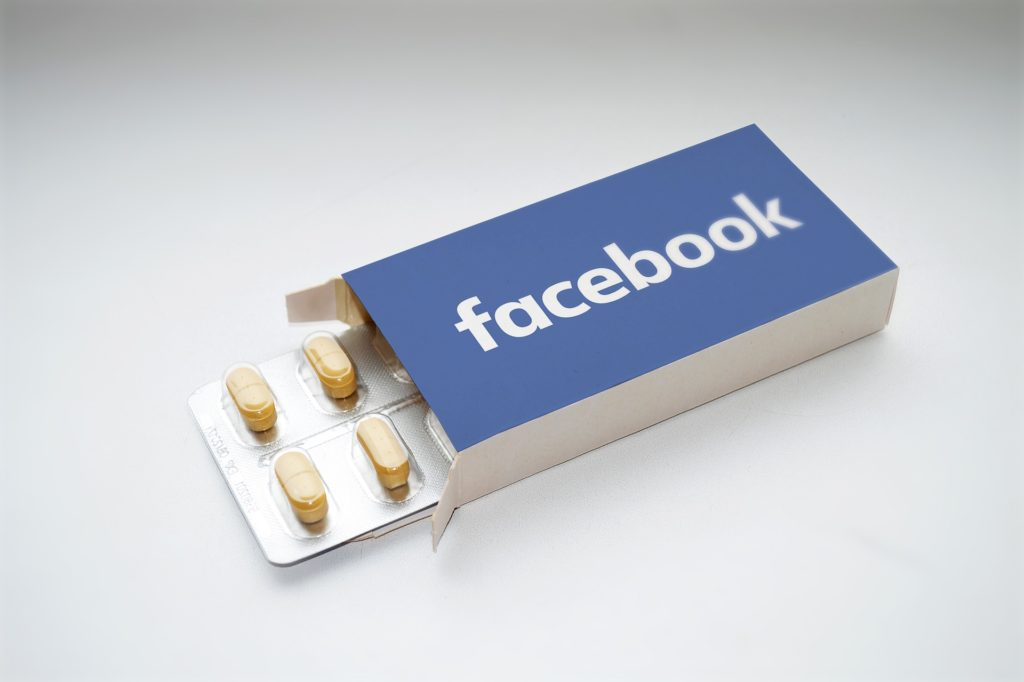12 LinkedIn Scheduling Tools for 2024
Tired of the LinkedIn posting hustle? You’re not the only one. Many social media managers struggle with consistent and regular LinkedIn communication. Since LinkedIn isn’t just about LinkedIn company pages,...

There’s a hidden force influencing every single one of our actions.
This powerful force is behind that special, break-through moment when warmed-up prospects make their first purchase with your brand.
Or when a targeted lead – after months of incessantly clicking the skip button (even before it shows up) – watches through an entire YouTube ad.
Even when large B2B brands make a purchase decision after laborious consideration, this force is, to a certain extent, at play.
It’s arguably the most powerful force in the world – representing about 80% of human decision-making.

Emotions have always been a topic of particular interest amongst marketers. The practice of using emotional appeals to provoke actions from consumers is called emotional marketing – a crucial component behind most successful marketing campaigns.
If your social campaigns are missing emotional appeals, studies suggest implementing them can help your content perform significantly better.
Great marketing incorporates emotional marketing, no matter the brand or industry.
Before discussing how to power-up your social campaigns with emotional advertising, let’s set straight the core principle that explains why it works so well:
“All humans are motivated to seek pleasure and avoid pain, to seek hope and avoid fear, and finally, to seek social acceptance and avoid rejection.”
Nir Eyal on his best-selling book, Hooked: How to Build Habit-Forming Products
This insight comes back all the way to Freud in the early 1900s, explaining each and every one of our actions – including those with a rational basis.
Even when we embrace suffering intentionally and rationally, it all comes down to avoiding pain or seeking pleasure in the future.
It’s deeply ingrained in our biology. Our brains evolved to make decisions, both emotionally and rationally, with this primary goal.
It’s not surprising that marketing largely consists of manipulating these internal thought processes, as they are the main drivers of purchase decisions.
And emotions are a large part of this internal process. The largest part – to be precise.
Once you’re aware of that, the next obvious challenge is learning how to use emotions in marketing.
Simplify your social media content workflow with Kontentino. Register for a free 14-day no credit card trial.[/banner]Let’s get you started:
How well are your social campaigns performing? Are you getting the results you expect?
If you think they could do better, maybe they’re not appealing to your audience’s deepest needs.
People seek two types of fulfillment:
Your content needs to satisfy at least one, but preferably both.

It’s simple, but not easy. The good news is that learning to handle this challenge will give you an edge against unprepared competitors.
Instant gratification is one of the main reasons social media took over the world.
When you keep scrolling on Instagram or Facebook even though you told yourself, “one last post” – that’s instant gratification controlling your behavior.

Instant gratification doesn’t appeal to our long term needs.
Instead, it consists of powerful and impulsive emotions (through addictive brain chemicals such as dopamine) that we can’t help but act upon.
The emotional brain is our default decision-making system.
A study cited by Hubspot backs this up, with purely emotional content performing much better (16% vs 31%) than purely rational content.
The most effective headlines follow the same pattern: nearly all provoke short-term fulfillment and immediate action.
The lesson to take home: It simply works.
The potential of emotional marketing isn’t limited to headlines. It’s used all the time in email campaigns, content in social media posts, and any other marketing effort eliciting a consumer response.
In fact, a well thought out, emotional email subject line, is crucial to emotional email marketing. Customers are more likely to read such emails all the way through, increasing the odds of your campaign succeeding.
Finetune your social media management with Kontentino. Register for a free 14-day trial now.[/banner]The only other big reason customers interact with brands other than instant entertainment or enjoyment is to get something in return in the future.
We’ll refer to that need as long-term fulfillment. And in contrast to its purely-emotional counterpart, its pursuit includes both emotions and rational thinking.
In some industries, long-term fulfillment is the main force driving consumer responses.
Take B2B, for example. Instant pleasure is considered to be less powerful, and this belief is reflected in the large number of brands with bland and less entertaining social campaigns.
Appealing to long-term fulfillment consists of making promises – which can be subtle or direct.
When done successfully, customers look at your offers and content as a way to improve their lives in the long term.
These promises should appeal to the customer’s rational brain by being objective and credible. Otherwise, they’ll probably be dismissed.
But when a brand’s promises really stand out is when they provoke strong emotions on top of the rational appeal.
It’s the perfect recipe. Customers get the urge to consume due to the emotional appeal, and the brand has the needed credibility to prevent the urge from being dismissed by rational thinking.
Now that you understand the key elements of using emotions in marketing, let’s take a look at the most action-driving emotions, with practical examples to help you apply all this theory in your social campaigns:
Making other people happy is one of the keys to many aspects of life – including marketing.
Happiness in social posts most commonly appears as a subtle promise, often through pictures of happy customers concealed under another main message.
Curiosity is a very impulsive feeling. It’s, undoubtedly, one of the most prevalent and important emotions in marketing.
Curiosity is nearly always involved in effective headlines, and it’s used all the time in social media posts to get attention and increase click-through rates.
Pride deals with customers’ opinions about themselves or their actions. Pride appeals are all about making your buyers feel good about acquiring your offer.
Carefully implement this one, as overdoing it can create the off-putting impression that pride is one of your brand’s favorite revenue strategies is.
In this post, they nail this emotional appeal through social awareness and by being direct about how you should feel.
Love can take many forms. The statement is as true in life as it is in emotional advertising.
One of its shapes lies in social awareness tactics:
This type of love is ideal for branding, connecting with the audience, and for public image concerns. (TOMS takes an extra step by encouraging purchases as well).
Due to COVID, this kind of emotional appeal is increasingly popular lately.
But social awareness is just the tip of the iceberg of the shapes loves takes:
The effectiveness and types of love-based emotional appeals will greatly depend on your company and industry, but it’s nearly always a good idea to communicate the love and humanity in your brand.
It’s an old marketing rule to focus on the customer.
You’re surely already doing this, but to what extent?
Some brands take this emotional appeal to the next level to get more comments and shares.
For starters, they promise happiness to the household by making your kids happy and hyperactive through their colorful slime toys.
But by asking questions that deal with customers’ identities, they raise their engagement rates to enviable numbers.
This emotional strategy takes place repeatedly across their social media posts, encouraging conversations and producing heaps of comments in each publication.
Brands often overlook emotional marketing. By implementing emotions in marketing and giving them the attention they deserve, you have the perfect tool to differentiate your brand from the noise.
Which emotional appeal will your brand implement next?